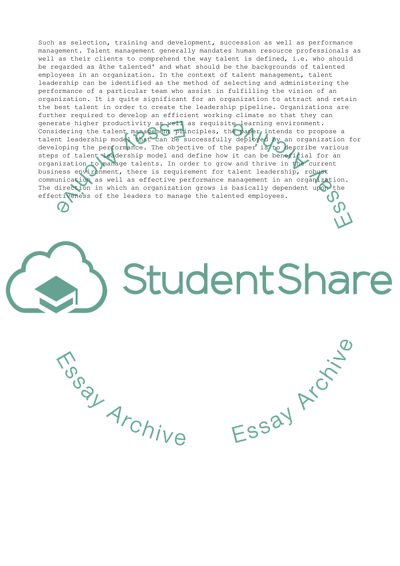Cite this document
(“Talent Leadership Model Assignment Example | Topics and Well Written Essays - 1000 words”, n.d.)
Talent Leadership Model Assignment Example | Topics and Well Written Essays - 1000 words. Retrieved from https://studentshare.org/management/1608664-talent-leadership-model
Talent Leadership Model Assignment Example | Topics and Well Written Essays - 1000 words. Retrieved from https://studentshare.org/management/1608664-talent-leadership-model
(Talent Leadership Model Assignment Example | Topics and Well Written Essays - 1000 Words)
Talent Leadership Model Assignment Example | Topics and Well Written Essays - 1000 Words. https://studentshare.org/management/1608664-talent-leadership-model.
Talent Leadership Model Assignment Example | Topics and Well Written Essays - 1000 Words. https://studentshare.org/management/1608664-talent-leadership-model.
“Talent Leadership Model Assignment Example | Topics and Well Written Essays - 1000 Words”, n.d. https://studentshare.org/management/1608664-talent-leadership-model.


